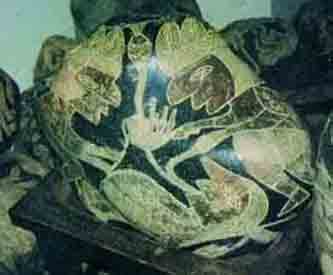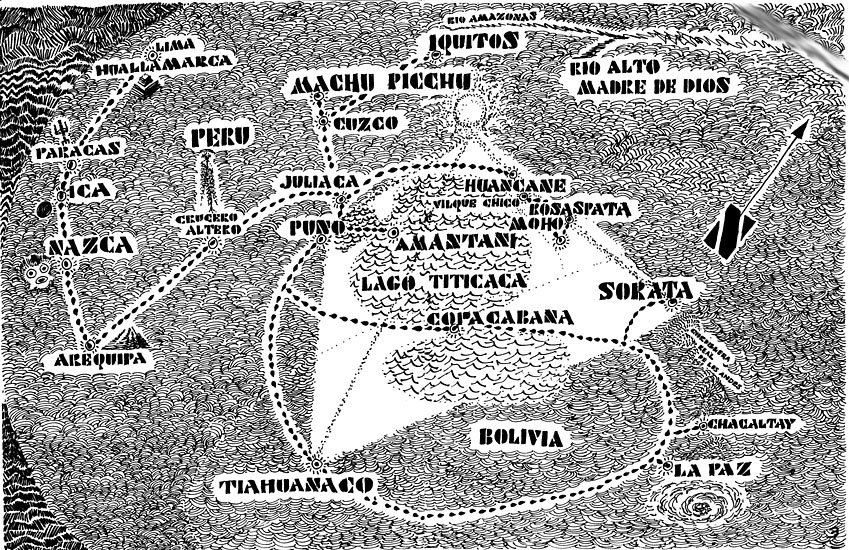
Background
The Ica stones were popularized by Javier Cabrera, a Peruvian doctor who received an engraved stone as a birthday gift in 1961. Cabrera identified the engraving on the stone as a stylized depiction of an "extinct fish" that lived millions of years before. Carlos and Pablo Soldi, two collectors of artifacts who had failed to interest the archaeological community with their findings, found an interested party in Cabrera, to whom they sold 341 similar stones. Cabrera soon found another supplier, a peasant named Basilio Uschuya, and from these and other sources, Cabrera collected over 15,000 engraved stones over the next thirty-five years.
Description
The stones depict a wide variety of scenes: dinosaurs attacking or helping humans, advanced technology, advanced medical operations, maps, and sexual depictions. While there is a degree of ambiguity that leaves room for differing interpretations, they display definite knowledge of things that are wholly anachronistic. They have caught the attention of many people inclined to question aspects of modern science, and Creationists and others have used the Ica stones to argue against prevailing scientific theories.
Cabrera attempted to resolve the many scenes into a narrative, and from there to decipher a history of the civilization he believed made the stones. He believed that the ancient technology belonged to what he called Gliptolithic Man, an extraterrestrial race which supposedly arrived sufficiently long ago to coexist with the dinosaurs and then genetically engineered modern man. Cabrera believes that some time afterward, they left to another planet, utilizing the nearby Nazca lines as a spaceport, before some unspecified catastrophe occurred.
Origin
The stones are reported to have been found in caves and stream beds. Because they are rocks and contain no organic material, Carbon-14 dating cannot be used. No other method of radiometric dating has been applied to the stones. Because the supposed locations of their alleged discovery have not been disclosed, it is impossible to estimate their age based on nearby geological strata. Furthermore, even a confirmation of the rocks' age would not prove that the engravings upon them had not been produced at a later date.
Neil Steede, an archaeologist who was investigating the Ica stones for The Mysterious Origins of Man (a film which attempted to make the case that humans had existed far earlier than previously thought), said that he found no patina on the engravings but that the rocks themselves showed patina, suggesting that the engravings are indeed younger than the rocks.[citation needed]
In 1998, Spanish investigator Vicente Paris declared after four years of investigation that the evidence indicates that the stones are a hoax. Among the proofs presented by this investigator were microphotographs of the stones that showed traces of modern paints and abrasives. The strongest evidence of fraud as claimed is the crispness of the shallow engravings; stones of great age should have substantial erosion of the surfaces.

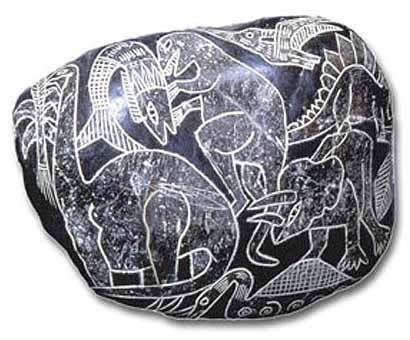
The Coiling Snake and the Tree of Life
Sun Gods, Lion, Creation, Step Pyramid?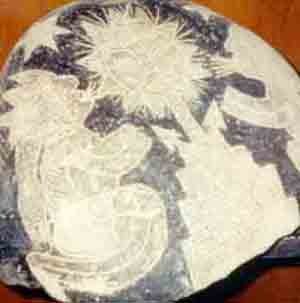
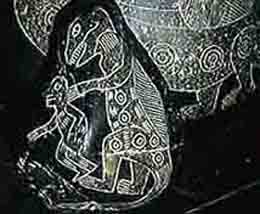
Humanity's link to Reptilians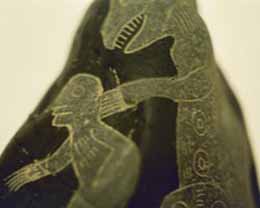
Humans in the Age of the Dinosaurs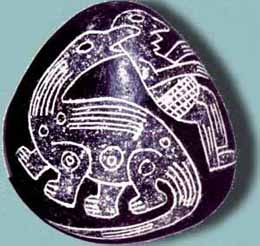
Cesarean section with acupuncture
as a form of anesthesia.
Surgery? Creation?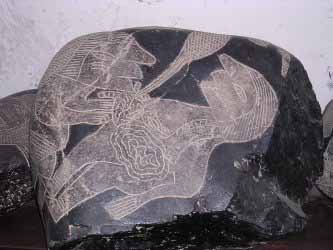
Heart - Knowledge of Biology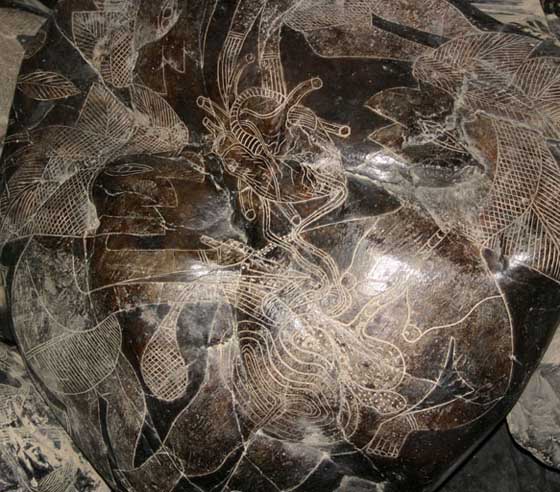
Blood vessels are shown being reconnected via re-absorption
tubes utilizing the natural regeneration of cells.
Riding a horse long before they were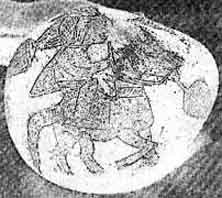
brought to the American Continent
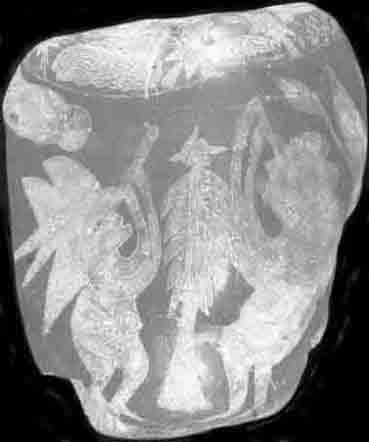
Ancient astronomers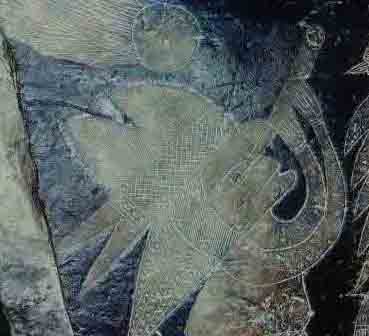
Ancient star maps
Prophecy of Earth being hit by something falling from the sky?
Stones depicting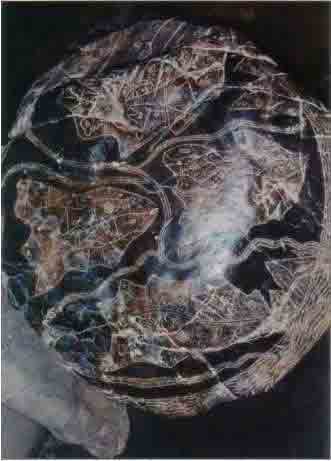
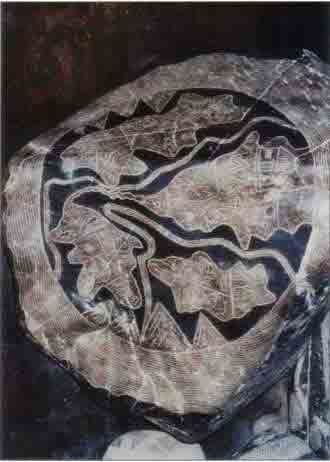
the continents of ancient Earth pointing to the existence of
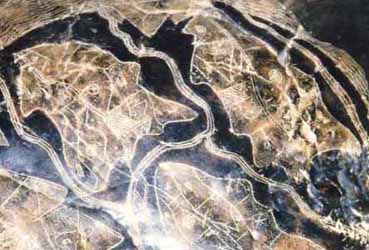
unknown continent's that today remains a part of our collective myth.
Atlantis? Lemuria?
